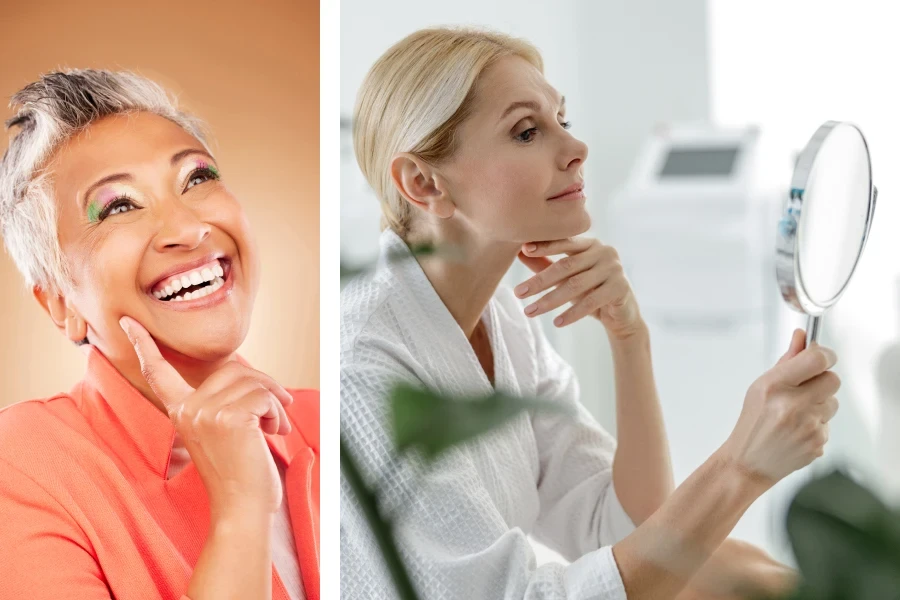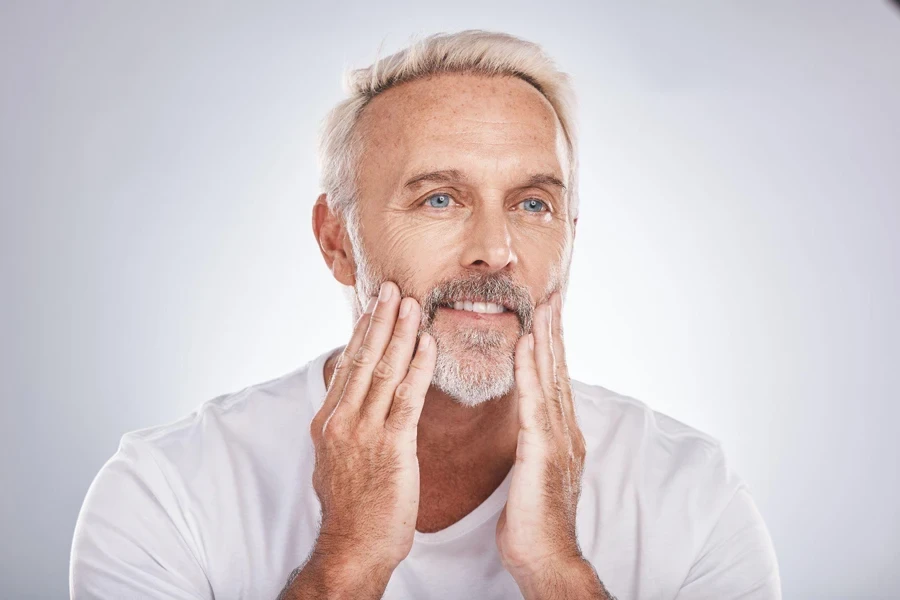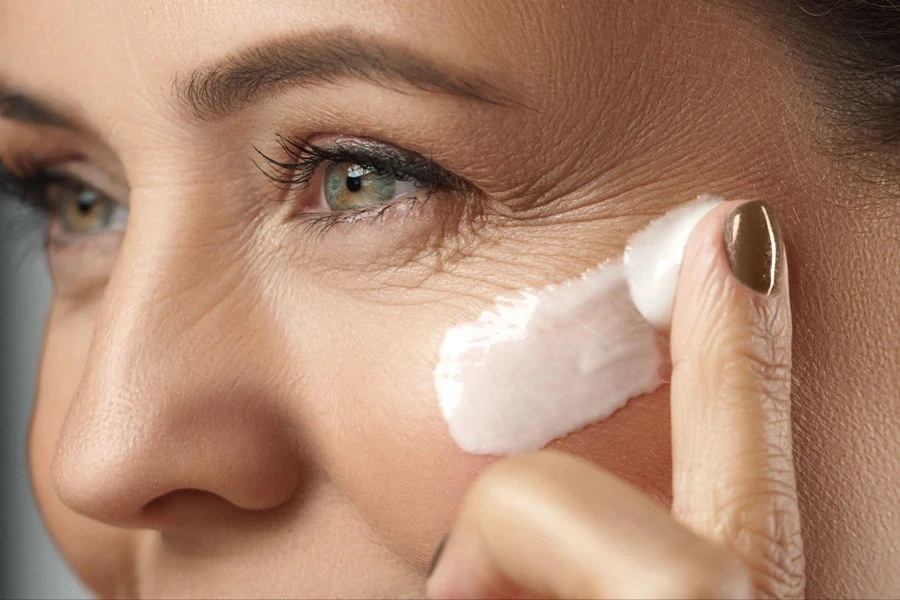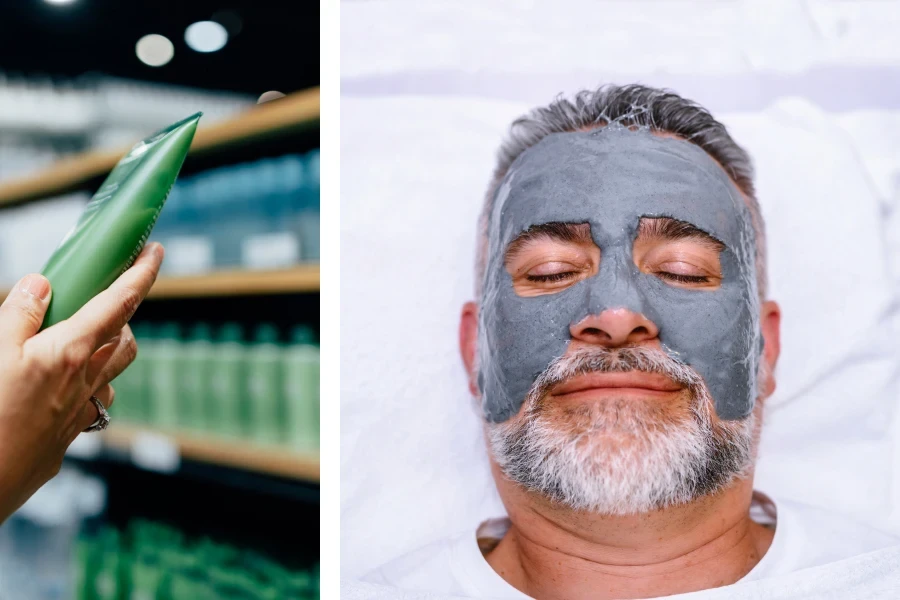The beauty industry is witnessing a transformative shift with the rise of age-agnostic beauty, a trend that prioritizes individual needs over age. Initiated by Baby Boomers and Generation X, this movement challenges the traditional anti-aging narrative and the obsession with youth. This trend is not only about offering products but also about changing the language and approach of beauty brands to cater to all ages inclusively.
Table of Contents
● The changing narrative in beauty
● Consumer anxiety about aging and its impact
● How brands are responding to the age-agnostic demand
The changing narrative in beauty
The age-agnostic beauty trend signifies a major shift from the traditional anti-aging focus, promoting a broader perspective where beauty transcends age. Led by Baby Boomers and Generation X, this movement encourages a view of aging as a natural and respectable part of life, rather than a condition to be fought against. The concept that beauty should not diminish with age is gaining traction, fueled by a societal push toward diversity and inclusivity in beauty standards.

This evolving narrative champions age diversity and encourages the development of products and services that enhance well-being across all life stages. Beauty brands are now challenged to redefine their messaging, shifting from age prevention to age celebration. This includes promoting products that cater to a variety of skin types and concerns associated with different life phases without segregating consumers into age-based categories.

The industry’s response has been to focus on innovation in product formulations that offer benefits like hydration, firmness, and a healthy glow, which are valued by consumers of all ages. This shift not only reflects changing consumer attitudes but also helps to destigmatize aging within the broader cultural context.
Consumer anxiety about aging and its impact
A significant percentage of consumers, particularly women, experience anxiety about aging, influenced by societal pressures and media portrayals of youth as the ideal. A survey by WGSN highlights that 74% of Gen X women are concerned about their aging, with such worries beginning as early as 29. This widespread concern has substantial implications for consumer behavior, with many seeking products that promise to mitigate visible signs of aging.

The beauty industry has historically capitalized on these anxieties by marketing anti-aging products. However, the age-agnostic movement is reshaping this approach by promoting products that emphasize overall well-being rather than age reversal. Brands that align with this philosophy foster a more positive relationship with consumers, emphasizing authenticity and holistic care.

This trend towards age inclusivity is not only more ethical but also resonates with a growing demographic that values transparency and products that support aging gracefully instead of denying it. As a result, there’s a noticeable shift in consumer loyalty towards brands that respect their aging concerns and address them with integrity rather than exploiting them.
How brands are responding to the age-agnostic demand
Responding to the age-agnostic trend, beauty brands are revamping their product lines and marketing strategies to appeal to consumers across the age spectrum. This shift involves moving away from traditional age-specific products towards offerings that focus on overall skin health and well-being. Brands are now emphasizing products that offer benefits like enhanced hydration, improved elasticity, and increased radiance, which are important to consumers of all ages.

Furthermore, marketing language is evolving to be more inclusive, celebrating all stages of life rather than prioritizing youth. For instance, brands are highlighting the effectiveness of their products for enhancing natural beauty and are actively using models of various ages in their campaigns to reflect this inclusive approach. This strategic pivot not only responds to the changing consumer demand but also taps into a broader market by addressing the needs of an often-overlooked demographic. By focusing on universal skin concerns and avoiding age-specific targeting, brands can create a more inclusive environment that empowers consumers to feel confident and valued at any age.
Conclusion
The age-agnostic beauty trend is reshaping the beauty industry, fostering a more inclusive and empowering approach that resonates with consumers across generations. As societal norms evolve, brands that embrace this shift, moving away from the traditional anti-aging rhetoric to celebrate beauty at every stage of life, are positioning themselves for success. By focusing on universal benefits such as hydration, resilience, and radiance, and by adopting marketing strategies that honor authenticity and holistic well-being, these brands are not only meeting the current consumer demand but are also setting a new standard in the beauty industry. This movement towards age inclusivity reflects a broader cultural shift towards valuing diversity and individuality, ensuring that beauty is accessible and relevant to all, irrespective of age. As this trend continues to grow, it promises to expand market opportunities and enhance consumer satisfaction, leading the way to a more age-empathetic future in beauty.




